The Women of Science
- Also in TR Print Edition Sustainability
- October 1, 2020
- 0
- 0
- 30 minutes read

BAT’s women scientists share their experiences working for one of the world’s leading tobacco companies.
TR Staff Report
Diversity and inclusion are hot topics and rightfully so. The gaps in opportunity between different genders, ethnicities and ages, among other identifying factors, have become more readily noticeable as reporting has grown and many companies work hard to make progress around these issues.
British American Tobacco (BAT) has always championed diversity, and the company’s new ethos and diversity agenda reflects this ongoing commitment. With over 50,000 employees around the world, having diverse teams, cultures and skill sets are crucial to delivering success globally. The company is accelerating plans to create a more inclusive culture and has set some ambitions that include diversity of experience as well as having a range of nationalities across its leadership teams, and its gender ambitions remain a priority across the whole organization.
Launched earlier this year, the new ethos is about being bold, fast, empowered, responsible and diverse to create a future-fit culture. It was developed with significant input from employees and designed to drive the company’s vision to “build a better tomorrow” by reducing the health impact of its business through offering a greater choice of enjoyable products for its consumers.
To put this ethos into action, BAT introduced some new initiatives, such as Parents@BAT, which offers a range of benefits to support parents around the world, alongside its well-established programs such as Women in Leadership and B United, the firm’s self-governed global community of lesbian, gay, bisexual and transgender (LGBT+) employees and their allies.
“Diversity is a key part of our ethos,” said David O’Reilly, director of scientific research at BAT. “We have initiated a range of training and development programs to support our teams, including women in leadership, a 30 percent mentoring club, Parents@BAT, how to guard against unconscious bias as well as career break reintegration.”
Recently, BAT published a series of interviews with some of their female scientists as part of the U.K.’s national Women in STEM campaign as well as a video as part of their own Women in Science campaign.
“We launched our Women in STEM (science, technology, engineering and mathematics) initiative in July 2019,” according to BAT. “Using external partnerships and internal learning and development platforms, the initiative aims to attract, develop and retain more women across our research and development, operations and information and digital technology functions. In the U.K., we have joined WISE, an organization that enables people in business, industry and education to increase the participation, contribution and success of women in STEM roles by organizing knowledge-sharing and networking events, training and webinars.”
BAT’s “Celebrating Our Women in Science” video was published to celebrate International Day of Women and Girls in Science, focusing on the achievements of the company’s female scientists and their work. Tobacco Reporter asked some of these scientists about diversity and inclusion and what it’s like to work in their fields.
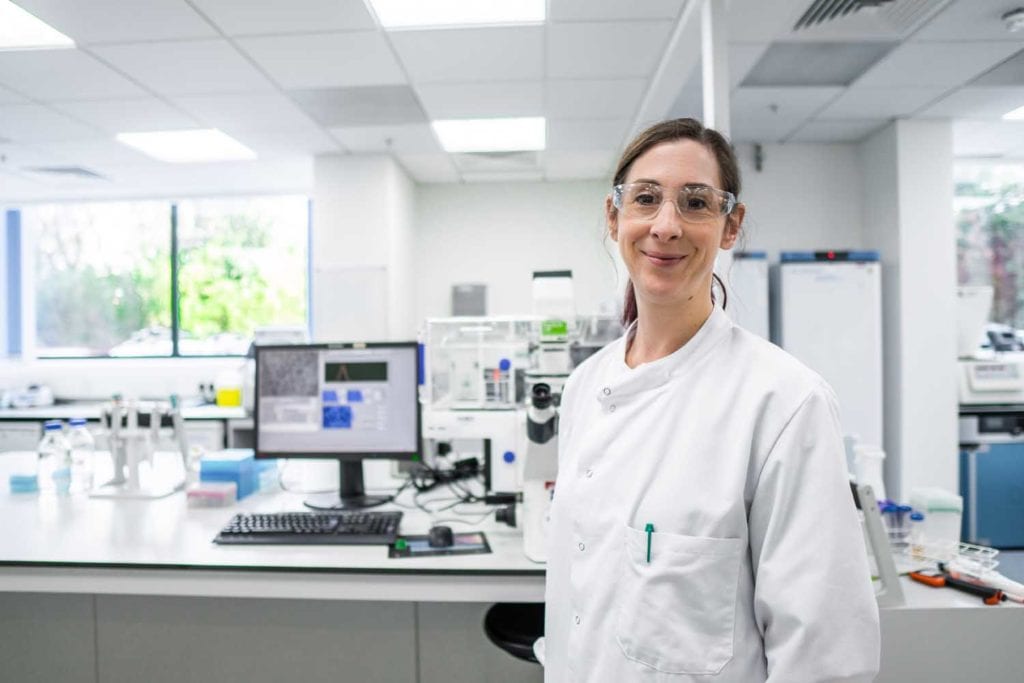
Tobacco Reporter: What drew you to science, and why did you choose to work in the tobacco industry specifically?
Linsey Haswell, clinical research scientist: I’ve been interested in science since I was a child. I remember going to visit natural history museums with my mum when I was little and being fascinated by the exhibits, and my dad reminded [me] recently that once I started to study science in secondary school, I had a periodic table pinned up on my wall. So I had a real interest in science before I realized you could make a career out of it. Until I saw a job advertised by BAT, I hadn’t thought of the tobacco industry as a career path. Then I started to read about the work and the science that BAT did, and when I went to the job interview, I really liked the facilities at the R&D hub in Southampton and how passionate and enthusiastic the people were about their work. I enjoy the variety my job offers and the fact that two days are rarely the same. I have spent 15 years in the preclinical team in the lab growing cells, but I equally enjoy engaging with people and communicating the science and work we do in R&D.
Emma Cheung, biological platforms scientist: I have always enjoyed science, and following chatting to my A-level biology teacher, I decided to apply for pharmacology courses at university. As part of my undergraduate degree, I undertook a year in industry and came to work at BAT, Southampton. I really enjoyed my year, the science that BAT was doing and the focus on in vitro work. Following my graduation, I was offered a temporary contract in the team and then a permanent contract, and I’m still here 13 years later.
Summer Hanna, principal science manager in the new sciences department: I didn’t seriously consider a career in science until I was approached by a professor during my first year of university who suggested I consider majoring in chemistry. Once I had the opportunity to take part in undergraduate research, I developed a passion for better understanding the world around me through science. I chose to work in the tobacco industry partially by chance. While I was in graduate school at Wake Forest University, there was a person in my adjoining lab who was working on their Ph.D. part time while working full time at R.J. Reynolds, so I learned a little about the company as a Ph.D. student. We wound up sitting next to each other at graduation, and he mentioned that there were opportunities in their summer internship program as I was still looking for a job. I thought it would be a good way to gain career experience, applied and was offered an internship in analytical research. I was a little apprehensive, but shortly before I started, a professor said to me, “You’ll be pleased at the quality of research that goes on there,” and it turns out he was right. I’ve had the pleasure of working with really fantastic scientists throughout my career, and I’ve always appreciated the welcoming culture within the industry. Colleagues both inside and outside BAT invest in the development of early career scientists, and there are lots of [ways] to get involved externally through technical organizations like CORESTA. It’s a great environment in which to build your professional network.
Anais Hoffmann, analytical scientist: I was interested in science from a young age and was drawn to physics. I remember collecting anything to do with planets and space as a child—and then getting into chemistry. The decision to go into science was made by discovering forensic chemistry, which is a fascinating area. I was drawn to the tobacco industry for its vastness in terms of products and in terms of scientific capabilities. All my experiences were very complementary—I have a background in forensic science and biophysics—and think it was very helpful to me.
Cristelle Antunes Santos, toxicologist: Science was the only option on the table for me. It was a natural choice from a really young age.
Isn’t it an exciting world right now? Nowadays, we have so many innovations in the market that give consumers a greater choice than before. As toxicologists, we conduct risk assessments, generate toxicological limits and take decisions about consumer products.
BAT has exceeded my expectations in both the quality of the science produced and the career opportunities available.
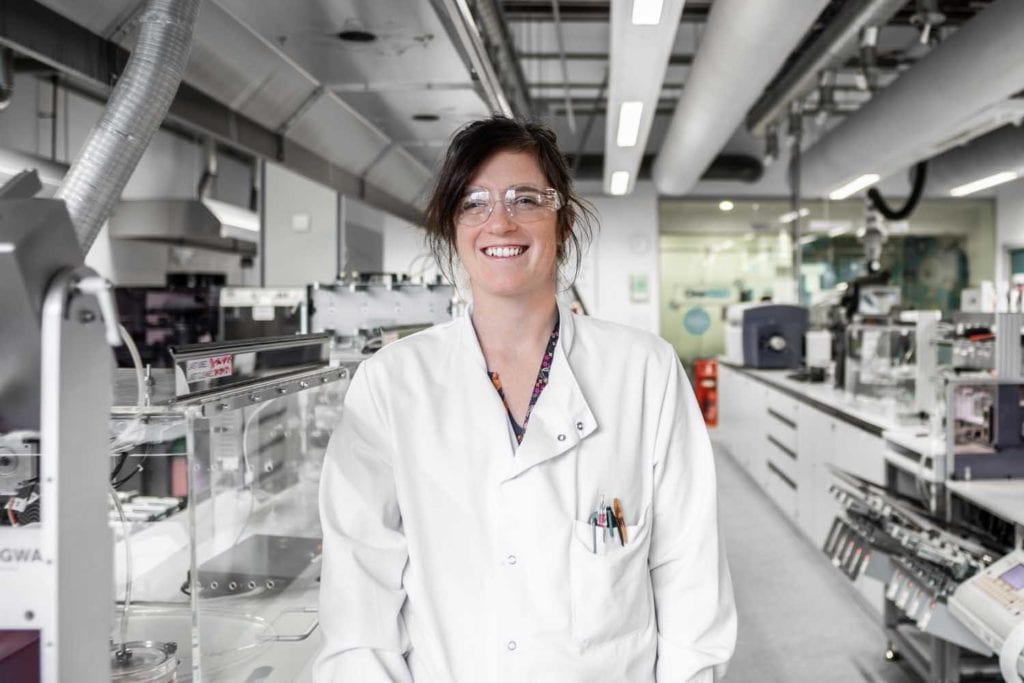
Can you tell me more about your work?
Cheung: A main part of my role is to develop and deploy biological testing techniques to assess our products and provide supportive data to our Consumer Product Safety colleagues. We also publish our in vitro data in peer-reviewed journals.
Hoffmann: I’m an analytical scientist, which means I work with techniques aimed to detect and measure different entities (compounds and materials). For me, it’s the sudoku/puzzle area of chemistry. The other aspect of my work is project management. I therefore divide my time between laboratory work and desk-based work. This is also dependent on the projects I am working on.
Santos: We identify possible risks by thorough assessment of our products throughout the development lifecycle. We identify the appropriate scientific package that will allow us to evaluate any potential concerns. It has also been seen through the years how continuous innovation is leading to more options for our consumers to choose from.
How do regulations and the differences in regulations across the globe affect your work?
Hanna: I have spent most of my career focused exclusively on U.S. regulations, but with the opportunity to participate in a multi-year international assignment based in the U.K. R&D Centre, I’ve gotten to think about regulations with a global lens. It has been a great learning experience to better understand how an international organization balances the needs of 180 markets and supports the regulations across all of them. Moving from exclusively a U.S.-based regulatory construct to considering the requirements across so many markets has helped me think differently about how I approach my work and respond to challenges I encounter.
Santos: BAT readily contributes to the debate and offers experience and expertise to governments and regulators to help address key issues. The U.K. is an excellent example of what can happen when toxicologists and regulators discuss science and the impact on the population.

How frequently do you collaborate with other scientists in other specialties, either within your company or globally?
Cheung: R&D is very collaborative between people in different departments. We usually work between teams to complete projects. We also have collaborative links to our U.S.-based site and other competitor companies.
Hanna: I’ve had the opportunity to collaborate with other scientists, internally and externally, throughout my career and continue to do so on a near daily basis. BAT’s R&D facilities in the U.K., U.S., Brazil and Germany allow for continuous global collaboration internally. We regularly have projects which depend on an international effort with a cohesive team mindset supported through scientific dialogue. Externally, I’ve participated in Coresta working groups, which are comprised of global teams of scientists, presented at international conferences such as GTNF and been active in the development of international technical standards via ISO/TC 126, which is comprised of 71 different National Standard Bodies.
Hoffmann: In my current role, I have the opportunity to collaborate with different teams within the company, which is really interesting and enjoyable.
Santos: As a toxicologist, we need to bring together a wide variety of expertise, including chemistry, biology, microbiology and many others. As it is impossible to be an expert in every field, we constantly seek support from these specialized professionals and incorporate their expert opinions into our assessments and recommendations. This very close relationship is extremely important to the development of our products.

What obstacles have you faced in your career? Do you feel like any of these obstacles are the result of being a woman in a traditionally male-dominated field?
Haswell: Becoming a parent is tough, and it is hard to balance home and work life. But the recent Covid situation has shown us all new ways of working and managing our work/life in a flexible environment. I hope some of these solutions will help parents find a better balance.
Cheung: I don’t think any obstacles I have faced have been particular to this industry. I think the attributes that make me a good scientist (quiet, reflective and analytical) can sometimes be seen as career-limiting in a business environment as it can be difficult to push yourself forward. This is something I particularly struggled with in my early career—how to be true to myself but also ‘raise my profile’ in the business.
Santos: I haven’t faced many obstacles throughout my career. As a student in different European countries, I have always observed a very low number of male colleagues compared to females. In Southampton’s R&D, I feel that gender is very equal. In engineering departments, there are more men than women but, for example, in my toxicology department, the team are 60 percent women, and I think many of the senior positions in the department are occupied by women as well. I believe this is a trend that we see in biological and biomedical sciences, but this is definitely not the reality in the STEM space as a whole.
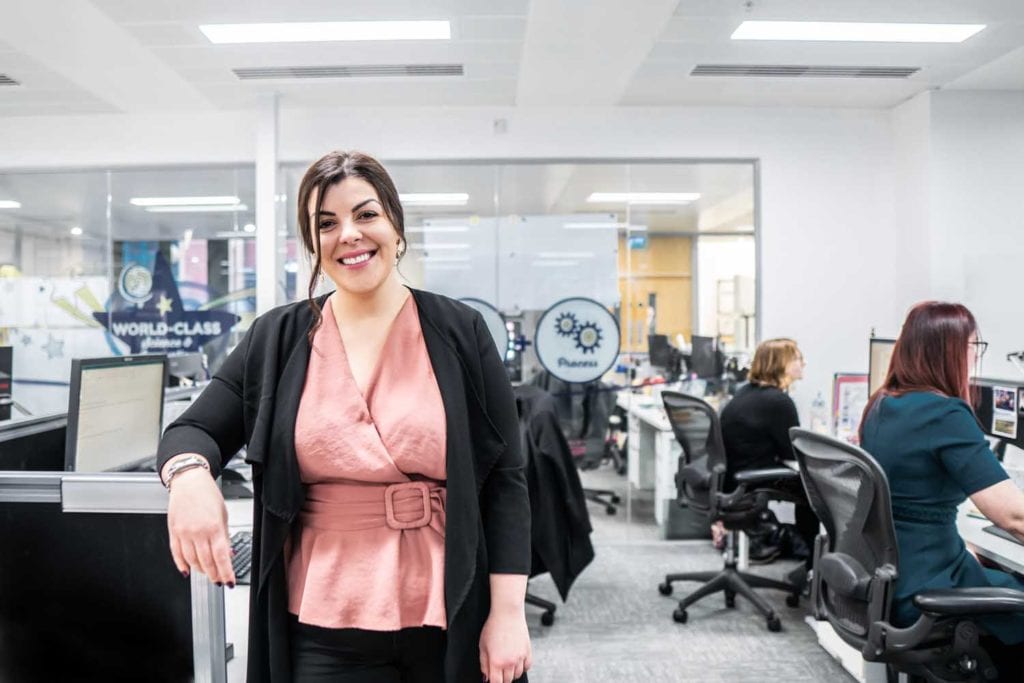
Have you seen a shift in focus as the industry, and companies as a whole, have put more pressure on themselves to create a more diverse and inclusive workforce?
Haswell: As long as I have worked at R&D, it has sought to be a diverse community, and this makes R&D a really interesting place to work and grow. The better we become at being a more diverse and inclusive workforce, the broader the range of experience and expertise we will have. And it will be great to be able to collaborate and capitalize on that.
Cheung: BAT has launched many campaigns and initiatives to promote diversity and inclusivity. As a global company, there are many opportunities for people to work in different geographical locations, which promotes diversity of culture and thinking.
Hanna: BAT has made diversity and inclusion a key part of the new company ethos. I think that really demonstrates that there’s a commitment from the top down to recognize and value different perspectives and experiences as part of how we operate. Within BAT, there are numerous company-sponsored organizations, such as B United, which supports the LGBTQ+ community, the Women’s Employee Resource Group or our Strength from Diversity team, which all help to support a more inclusive and engaged workforce.
Hoffmann: I’ve seen an increase in focus, in general, to promote diversity and inclusivity in the workforce, either with communications, events or representation either internally or externally. Women in science, for one, is something that has a good coverage. Other communities also start to have more focus and representation, such as the LGBTQ+ community—at BAT we have the B United network, which is great.
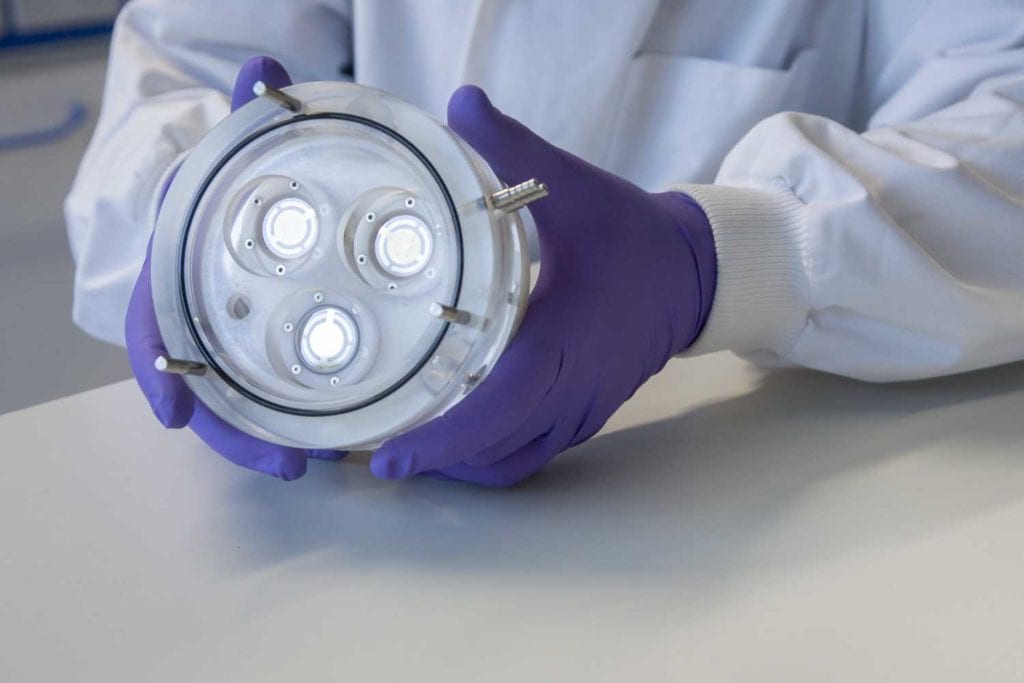
Have you seen a change in women working in STEM, and what does that look like?
Haswell: R&D has some great female role models, and their support and encouragement has been invaluable to me during my career.
Cheung: I have seen an increase in communication around supporting return from maternity leave and being given the flexibility to be able to work from home when children are ill rather than taking holidays or unpaid leave, which shows progress in this area. Sharing of parental responsibilities has also gained traction with shared parental leave gaining in popularity to enable the father to take part of the traditional maternity leave.
Hoffmann: I have come from a university (Universite Pierre et Marie Curie in Paris) with a good balance between male and female students across all fields, which from my point of view shows that the interest for science has always been present, no matter the gender. As a result, I don’t think that the increase of women in STEM is a change in women’s career interests but more due to an increase of opportunities given to women in those fields as well as better communication, representation and focus in areas that were historically only represented by men.
Santos: Out of the four STEM fields, I believe science has a better gender balance than the other areas, and this is probably why I have not faced the same challenges that some women in engineering or technology have. Society still has work to do, and we need to make sure everyone has access to equal opportunities.

How is the industry helping to normalize and promote women in STEM?
Cheung: At my level, I don’t think there is a gender bias, however, it’s fair to say there are less women in senior positions than men when you look at big organizations. I think this is the case across many industries, and sometimes women feel the need to park their career progress at a certain point to balance family pressures. BAT supports having a work-life balance, and initiatives like Parents@BAT is a good example of this in action.
Hanna: When I started in the industry, Susan Cameron had just retired the first time as CEO, and starting your career as a young woman in a company with the first female CEO of a major tobacco company was inspiring. For her to return as CEO a second time, having an executive leadership team with significant female representation and then conduct the third woman-to-woman CEO handover in the history of the Fortune 500 fostered an environment in which women in the workplace could see real opportunity for themselves. That sort of legacy becomes part of your company culture, and so while the industry may have been historically male-centric, my experience has been that there’s a real commitment to implementing company practices which promote equity across the board for all women in the workplace, not just those in STEM professions.
Hoffmann: I think there is a spotlight on Women in STEM, with regular articles and coverage of women working in those fields. The rise of the movement combined with internet and social media allows for more networking as well. This allows people to have more access to information about different fields of science that would have not been available prior to the Women in STEM movement.
The representation and diversity within the Women in STEM movement is empowering.
A focus on women having (or having had) successful careers in STEM is also very inspiring as it allows women of all generations to have great role models. I personally had the chance to attend a university named after Marie Curie, located next to the institute where she conducted her research, and she was definitely an inspiration.
I didn’t find it difficult to establish a career in the tobacco industry, which is great. I spent some time on a military base as part of my forensic science background. This was my first scientific workplace experience, and it was quite a male-dominated field. As [a] result, being a civilian, a female and with no prior experience, this was impressive and daunting. I was, however, included quite easily in those fields, mainly due to my scientific knowledge and contribution to the projects I was working on, but [I] also think my personality was a huge factor, and I can appreciate that some obstacles can be encountered by other women.
Santos: BAT has launched and supported many diversity initiatives; Women in STEM is one of many. We are such a multicultural company, and diversity is a key element of our DNA. Specifically on gender, BAT has many initiatives in place in order to promote diversity within the group. I do not think that women in BAT nowadays feel that it is harder to establish a career than in other industries—at least I feel that I have always had the same opportunities as my male colleagues.
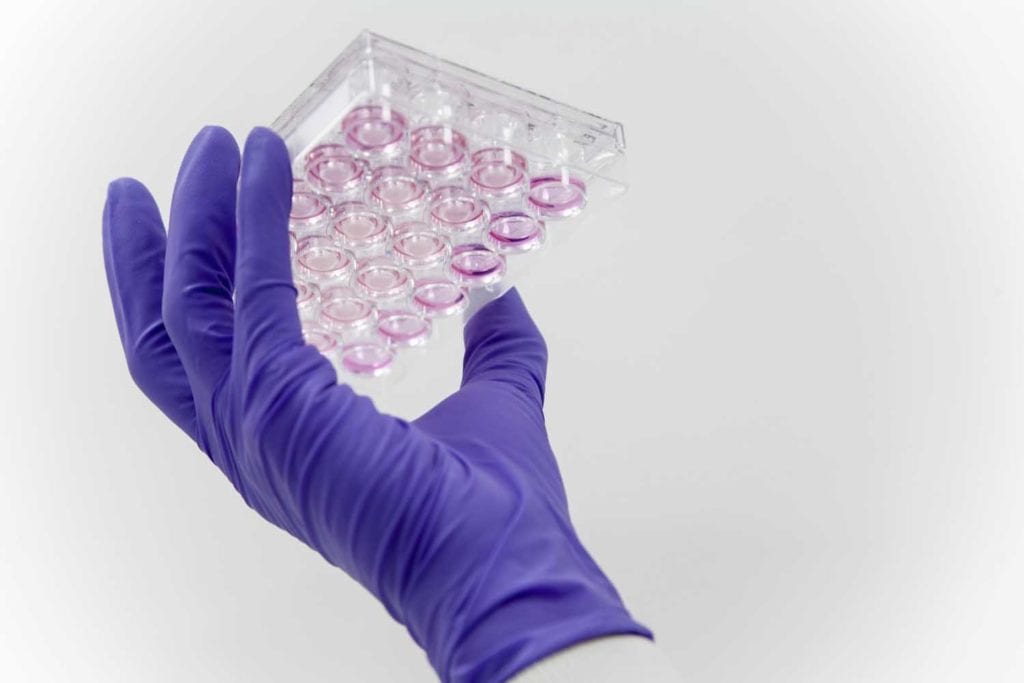
Where do you see the biggest gaps in regard to women in STEM? How do you think the industry or companies could help bridge these gaps?
Cheung: If you have responsibilities at home, you can’t always stay late in the office; however, many people catch up in the evenings at home. In the past, I think this hasn’t always been acknowledged because it’s not seen. However, in the post-Covid world, I think this is changing, and there’s traction to the idea that people can work effectively from home and in the office.
Santos: I think everyone and every company still has a lot of work to do. But my experience has been very positive, and from the very first day I joined BAT, I looked at the female leaders and immediately thought, “I can be like them one day.” This is a very important point that sometimes we underestimate—the power of a mentor or role model in our careers. One of the greatest things about working at BAT is the welcoming and friendly work environment. The flexibility, medical leave policies, equal maternity and paternity leave, zero tolerance for discrimination and harassment should all be considered as priority to every company in order to retain good employees.
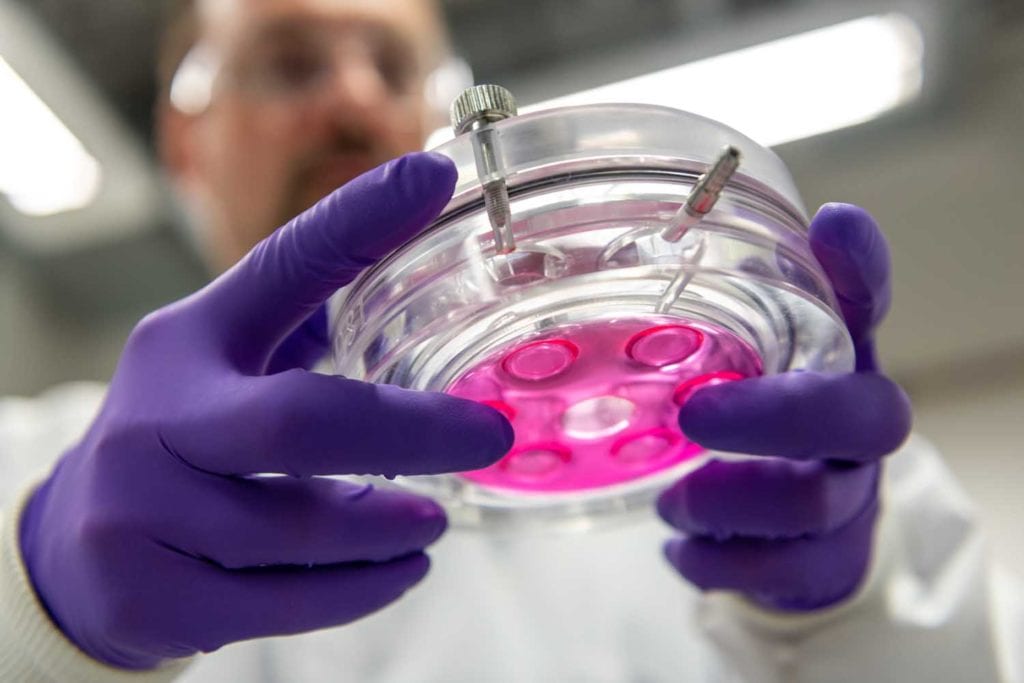
What are you excited about in the changing industry—either diversity and inclusion related or project/product related?
Cheung: The pace and thinking of the company have really changed since we have branched out into our new category products and brought in different skill sets to match this change in our product portfolio.
Hanna: I am excited to be a part of the industry in a time of such rapid transformation—not just in what our workforce may look like but also how we think about our products and ourselves as an industry. Every day presents new challenges and opportunities.
Hoffmann: I like diversity and collaborative work. I particularly enjoy the different perspectives and points of view it can bring, whether project related, work related or people related.
Santos: I am certain that we will start seeing more innovations, more advanced products, lots of different options, new formats, colors and flavors.
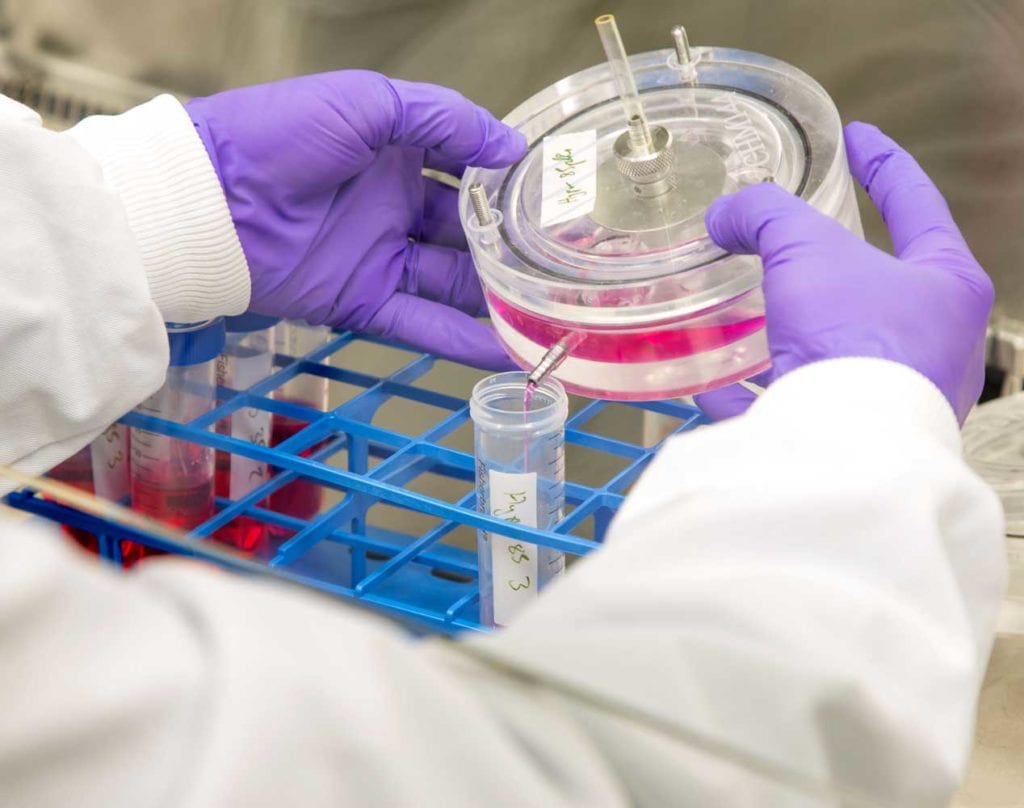
Do you have a favorite project that you’ve worked on?
Haswell: It has been really great to see our science grow and progress over my time at BAT, so one of the achievements I am proud of is the longer-term exposures we have done recently. We believe it’s important to look at the effects of repeated exposure on human lung cells using in vitro methods. It was a complex project with lots of challenges along the way, and being able to take that project from initial concept through the work in the lab and finally seeing the results at the end was something I feel was a great achievement.
Cheung: We have had our first publication on modern oral products accepted in Food and Chemical Toxicology Journal. This is a new category for the company, and it was exciting to develop the method for assessing this product type.
Hoffmann: All projects I have worked on are quite dear to my heart, but generally, the ones I have enjoyed most were the ones where I had to collaborate with multiple teams and multiple stakeholders. They often offer the opportunity to combine laboratory work, fundamental science and project management, which are three different aspects of my work. They are quite different, and translating scientific language to business-relevant language is sometimes a bit challenging, but it is something I enjoy.

What advice would you give to someone considering your field of study?
Haswell: The advice I would give to anyone interested in a career in science is follow your passion and do what you love. For me, being a scientist is a privilege that I don’t take for granted as not everyone gets to do what they love as a career.
Cheung: If you have an interest in industrial science, go for it. There are lots of opportunities in the industry for both scientific and personal development.
Hanna: Science is an incredibly dynamic, exciting space to work in. Some days it can be challenging, and like anything else, there will be days when you want to walk away. However, if you stick with it, the days where things come together make it worth the work.
Hoffmann: My advice would be [to] follow your instinct and believe in yourself. I’m a firm believer that when there’s a will, there’s a way!
Santos: Toxicology is an exciting and very challenging field. If you want to work in an area where you can work on lots of different challenges, you should definitely consider toxicology. We use robust science and our expertise. Toxicology is an area where the demand will not stop growing in the coming years, and academia should take the lead in keeping toxicology programs available to young scientists.

